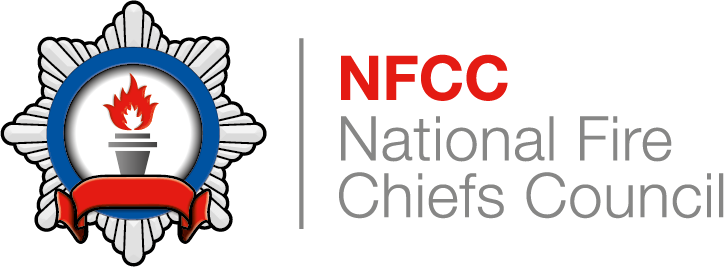Treatment of polluting materials
Control Measure Knowledge
Aeration
Organic pollutants, such as milk and sewage, remove oxygen from bodies of water. Environmental agencies and specialist contractors can use aeration units or chemical methods to raise oxygen levels. Pumping the affected water into the air through hose jets is a less effective technique that can be used by fire and rescue services, preferably under the direction of the environmental agency.
Chemical treatment
An environmental agency or specialist contractor can employ specialised techniques to treat pollution in a watercourse, for example by using activated carbon or hydrogen peroxide. They may ask fire and rescue services to assist in the emergency phase of an incident where these techniques are employed.
Memoranda of understanding
The use of fire and rescue service resources to assist with the treatment of polluting materials should be subject to local agreements, which may be supported by memoranda of understanding (MoU) with the relevant environmental agencies and specialist contractors.
For more information refer to Foundation for environmental protection – Additional pollution control techniques.
